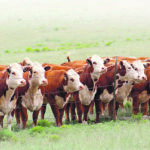The goal of pregnancy checking is not just to determine whether a cow is pregnant but also to determine why it’s not
Fertility is the most important trait in a cow herd. All other traits are negated if the female doesn’t get pregnant or fails to carry a pregnancy to term. If the latter occurs, it’s important to find out why. Duane Mickelsen, former university professor and cattle breeder near Pullman, Washington, has spent a lifetime specializing […] Read moreStories by Heather Smith Thomas
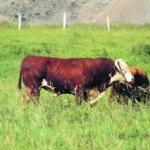
Trichomoniasis is a tricky illness to manage
Testing methods have improved for this sexually transmitted disease, making it easier for producers to keep it at bay
Trichomoniasis, a sexually transmitted disease, can sneak into a herd without obvious signs until cows don’t conceive and the calf crop is reduced. It is caused by protozoa in the reproductive tract of cows and the sheath of bulls and occurs most often when ranchers use untested bulls, buy open cows or when cattle herds […] Read more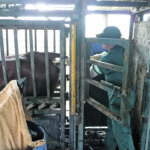
Pregnancy checks require accuracy
Producers often want more information than whether a cow is pregnant, but it’s important for the diagnosis to be correct
Open cows are expensive to keep, and never more than during a year of feed shortages. It adds importance to pregnancy checking, along with the fact that an abundance of open cows can indicate disease in the herd that should be addressed. Pregnancy testing methods include palpation, ultrasound and blood tests. Rectal palpation is the […] Read more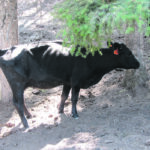
Johne’s lurks under the radar in beef sector
Johne’s is a sneaky disease that most cattle producers don’t notice until it is well established in a herd. It doesn’t show up until an animal has been infected a long time and then starts to lose weight and eventually has diarrhea. Tests for the disease won’t show anything until the animal is in those […] Read more
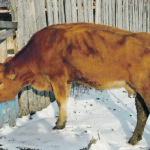
Best strategy for Johne’s is to identify animals most likely clean
Veterinarians say it is particularly important for producers to protect the health of their female replacement animals
When people find that they have Johne’s in their herd, they need to figure out how to deal with it. Dr. Karin Orsel, a veterinarian at the University of Calgary, says producers can test their entire herd but they won’t find every infected animal. “So your strategy would be to determine which animals are most […] Read more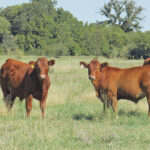
Space, cleanliness can help prevent coccidiosis
Coccidiosis is an intestinal infection caused by protozoa and usually affects calves rather than adult cattle. The pathogens are ingested by calves in a contaminated environment. Most adult cattle have encountered these protozoa at some point during their lifetime and have developed some immunity, but may continue to shed a few oocysts (the “eggs” of […] Read more
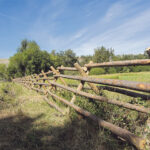
Fencing in difficult terrain has options
Building a good permanent fence can be challenging in rocky, frozen or swampy ground when it’s impossible to dig post holes efficiently, or set posts with a tractor-mounted post-pounder. Most fences for cattle use barbed wire, especially for large pastures. A good barbed-wire fence is effective and cheaper to build and maintain than rail fences […] Read more
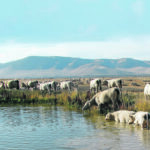
Drought worsens water woes
Water is cattle’s most important nutrient, but quality can be inconsistent during exceptionally dry years
When water sources dry up and cattle are wading into the mud of a dugout, it can be unhealthy for both cattle and the water source. Even if cattle are not allowed into the pond or dugout, a diminishing water supply may contain concentrated salts and toxic substances that could put cattle health at risk. […] Read more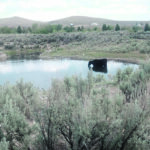
Innovation required when the tap runs dry
Some prairie producers use portable water systems such as troughs on wheels, while others use solar-powered pumps
Some farmers and ranchers are forced to find innovative ways to supply their cattle with good water during drought. Regions that rely on dugouts can become short of water if snow melt or rainfall is lacking. If cattle are allowed access to depleted ponds or dugouts, they may damage them or pollute what little bit […] Read more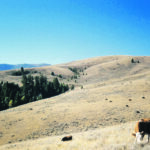
Dry conditions often main factor in hoof cracks in cattle
Hoof cracks are common in beef cattle, sometimes due to environmental factors or genetics because some cattle have stronger hoof horns than others. Wet conditions can make hoofs soft and vulnerable to injury, and dry conditions can make the hoof wall more brittle and susceptible to cracking. Dr. Michael Jelinski, a partner with Veterinary Agri-Health […] Read more

